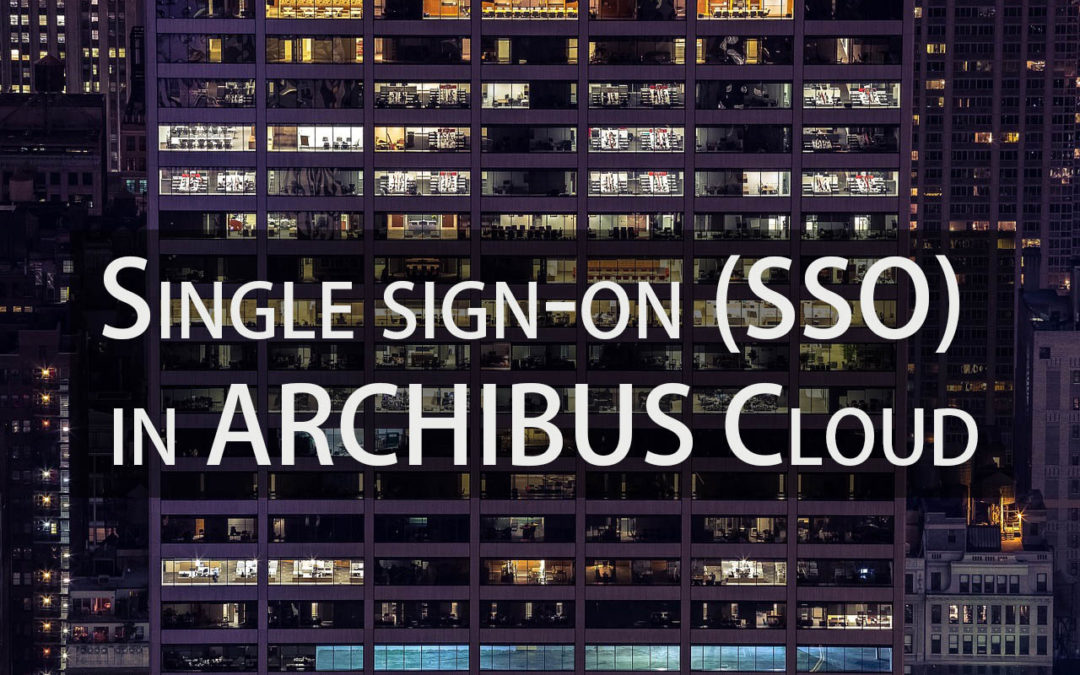“Password must be at least 12 characters long, must include capital letters, lowercase letters, numbers, symbols, a secret handshake and winking your 1st-grade teacher’s last name in Morse code…“
We are all human and it gets tiresome to come up with a new highly secure and unguessable password every time. You know it and your clients know it.
Many of us probably use our personal Facebook accounts to log in on various websites and apps, but few are familiar with the single sign-on feature of ARCHIBUS Cloud. Yet they are alike in many ways.
SSO is one of ARCHIBUS Cloud’s simple powerful features, which can be easily integrated into any project.
ASC-HS has experience in integrating with the most frequently used identity service technologies of the end client:
- Microsoft ADFS
- AZURE AD
- Oracle Identity Federation
- Shibboleth IDP

An average business user has more than 90 different accounts that require passwords.

What is single sign-on (SSO)?
Single sign-on (SSO) is an authentication process that allows a user to access multiple applications with one set of login credentials. SSO is a common procedure in enterprises, where a client accesses multiple resources connected to a local area network (LAN). (from Techopedia)
How will SSO benefit an organization?
1) Increased security. Users are less likely to write their passwords down, repeat them across applications, create simple or commonly used passwords, or revert to other poor practices. As a result, the organization will have better success in enforcing strong and effective password policies.
2) Increased productivity. SSO minimizes the time users spend dealing with password-related frustrations since users only need to remember and enter a single set of credentials.
Because SSO reduces the number of passwords users must remember, they are also less likely to send a ticket to the IT department to reset the password. While resetting passwords may seem simple, they are very inefficient and take up valuable time for both the employees and the helpdesk.
Single sign-on: Just one password, not 90.

